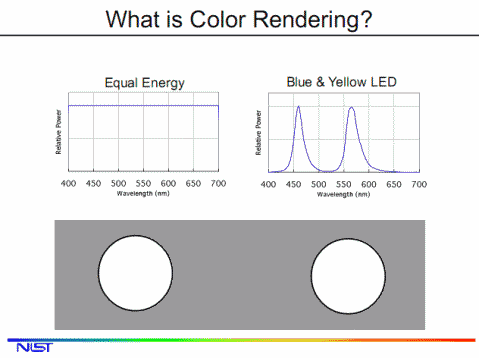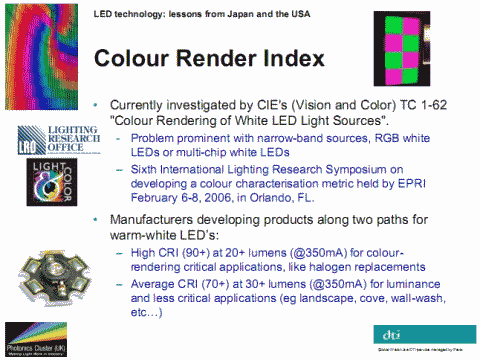 Originally posted by falconeye
Originally posted by falconeye 
Ben, you seem to be more knowledgeable about all this than me, so let me ask you a question:
What is a good replacement for an incandescent bulb which is meant to only be used for a couple of seconds, like a doorstep lamp?
I do have a problem with CFLs (power on slowly) and AFAIK halogen bulbs are soon to be phased out as well.
I tried a "Liquid LED" which replaces incandescent bulbs at only 10% of power consumption (only 50% of CFLs and over time, cheaper than CFLs) and is instant on. But I didn't like its light. Must have a bad CRI...
 liquid LED ::: Die Original-Energiesparlampe aus dem Bayer-Kreuz in Leverkusen
liquid LED ::: Die Original-Energiesparlampe aus dem Bayer-Kreuz in Leverkusen That's a hard to solve problem at the moment. For these short but often repeated cycles, I still think, the good old incandescent bulb is your best bet. Very good bulbs are the shock-resistant types, which have a very long life expectancy and are still available:
Glühlampen mit Stoßfestigkeit von Osram bei Westfalia Versand Deutschland
Halogen bulbs, in my experience have a very short lifetime, if switched frequently. There are some CFLs advertised especially for this purpose, but they work best, if any single switch cycle is at least 90s-120s long, which might be unnecessary. Also, I do really not know, how long such a CFL will survive in real use. I would in any case try an Osram modell, especially made for staircases:
OSRAM DULUX® EL FACILITY - OSRAM - Voltimum.de
This modell at least looks promising, but I really don't know, how long it would survive, if power cycles are very short. In a typical staircase the power-on cycle would ly within the minimum time frame I suggested or even be a bit longer (depending on the number of floors). So it would be unnecessarily long for the door of a standard family home.
Longevity is probably the reason, why Osram also sells a servo CFL for continous lighting during the dark hours:
OSRAM|Professionals|Allgemeinbeleuchtung|Kompaktleuchtstofflampen|Produkte|Intelligente Kompaktleuchtstofflampen|OSRAM DULUX INTELLIGENT SENSOR|index - But a warm white colour will also leave a lot to be desired in terms of CRI. But that contradicts the energy saving efforts somewhat, to have it burn all night…
I would try one of the currently new 3W LED-bulbs (Osram or Philips, not sure), which are available in warm or cool white. But they seem to have a narrow beam and won't illuminate an whole front door, unless you combine several. I am currently trying LED lights in my home, but I must say, I find the light also quite unpleasant, or too dim, to be really useful yet. I have not tried the led bulbs which illuminate the full 360 degs, yet. Just the rated wattage seems to be way too low to be useful - and the water cooled variety you have already tried.
Ben


 Similar Threads
Similar Threads 



 Next time you visit Europe, bring some tungsten bulbs
Next time you visit Europe, bring some tungsten bulbs 
















